Jaguar XJ – the first retro-style car
When Jaguar launched its new XJ saloon in 1968, it was at the cutting edge of luxury saloon styling. The cutesy rounded look of the Mk2 and S-Type models was replaced by a much more upright front grille that would go on to define the British firm’s flagship saloon for the 40 years.
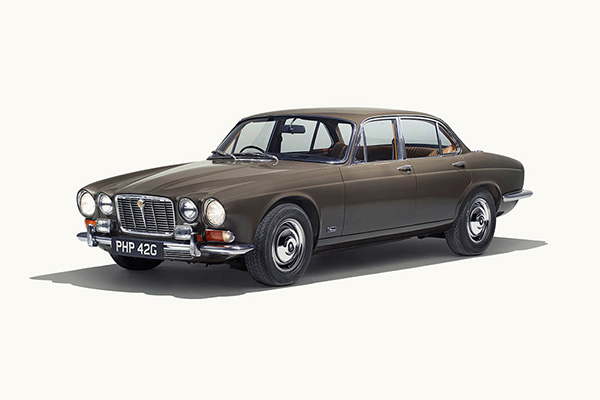
The elegant lines of the XJ cast such a long shadow thanks to the unerring eye of Sir William Lyons, founder of the company, and Bill Heynes, who was responsible for the engineering side of the car. The pair also recognised the need to rationalise Jaguar’s saloon range from a number of different models into a single four-door saloon, though an XJC two-door coupe would arrive as part of the S2 line-up.
Simplifying choice
While some fretted that just one model would reduce choice, the XJ was lauded as the best saloon car in the world when it was launched. Its ride and handling balance were unrivalled, and set a pattern for XJs that would persist for decades. It also showed Jaguar still had its touch when it came to mixing old school wood and leather charm with more modern requirements for safety and cabin space, though by today’s standards the original XJ’s interior is snug rather than roomy.
The same formula was used for the S2 that pitched up in 1973 with a host of revisions, but it was still instantly recognisable as an XJ. A trimmed down grille was the most obvious update and, while some complained, it was this that became the style for all XJs that came after.
Bringing in Pininfarina
As the 1980s loomed, Jaguar introduced the XJ S3 in 1979 with styling changes by Italian design firm Pininfarina. Much of this was to incorporate safety improvements, while the revised roof line allowed for a larger glass area to make the cabin feel more airy and roomier. By now, the Jag’s opposition from Germany and in the US had caught up, with the likes of BMW, Mercedes, and Cadillac offering sharply styled alternatives. It made the XJ S3 appear to some eyes like a car that was beginning to date. For others, it was upholding tradition and its delicate flanks had a feline grace entirely in keeping with Jaguar’s history and values.
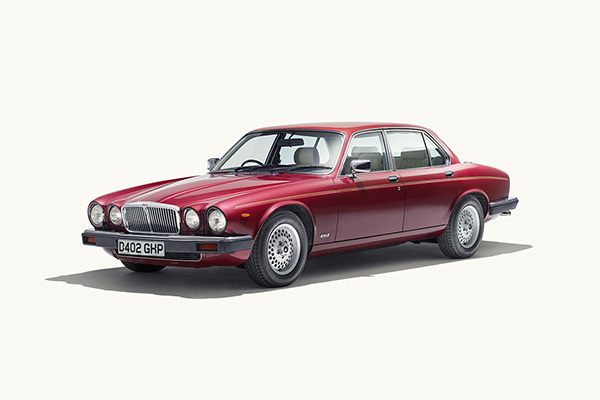
Even so, by the early 1980s, the XJ was selling as much on those trad looks as it did on the sophistication of its driving manners. Sure, it was quiet inside and rode the bumps as well as any of its competitors, but a bold new world was beginning to want a bold new Jag. In some respects, then, this made the XJ S3 the first retro-styling car, long before BMW tried to evoke memories of its 507 roadster with the Z3 and Z8, or Volkswagen with its Beetle rebody of the Mk4 Golf. At the time, of course, the idea of a retro-styled car was not even on the cards and the XJ had to get on with the business of bringing in the money.
Moving away from retro design with the XJ40
Jaguar did take a different approach with the XJ40 model that arrived in 1986. While its profile was easily spotted as a Jag, it ushered in a more chiselled appearance, and it was more efficient to build thanks to fewer individual panels and pressings. As well as this, a whole new body allowed the XJ40 to be stiffer for improved ride, handling, and refinement, and it also made this car a big step forward in crash worthiness over the XJ it replaced.
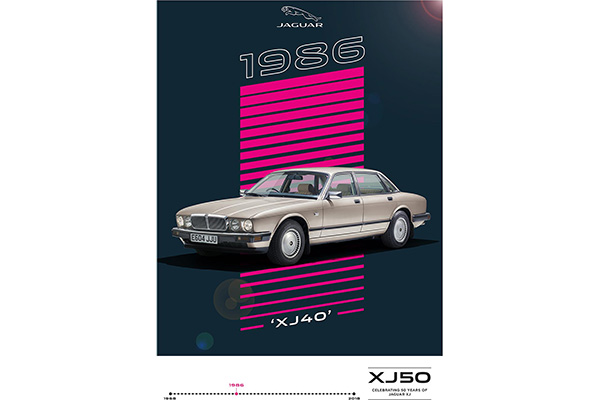
And yet, the XJ40 generation of XJ was not universally loved. It undoubtedly took the quality of Jaguar’s big saloon up a few notches and did much to banish the lingering whiff of unreliability that had dogged the firm since its unfortunate previous role as part of the sprawling British Leyland empire. There was also a brilliant new six-cylinder engine with the AJ6 to take over from the dated XK unit. The only small misstep with the XJ40 is Jaguar didn’t initially think to fit its sublime V12 engine to this new saloon, so the S3 XJ12 had a reprieve and remained in production until 1992, further making the case for this being the first retro-styled car that wasn’t a mish-mash pastiche such as the Zimmer Golden Spirit from the US.
Back to the tried and tested formula
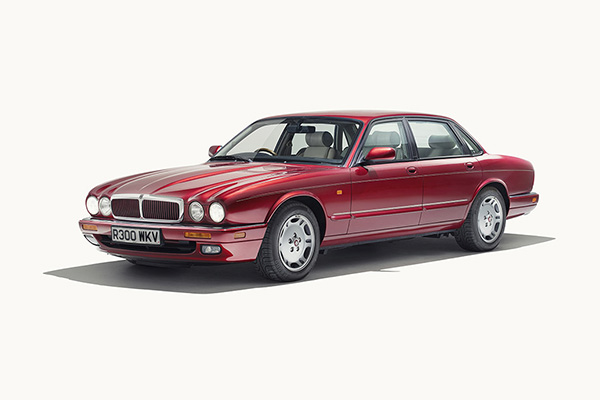
The XJ40 did its job, though, and proved to be a thoroughly good luxury saloon. However, in 1994, Jaguar acknowledged what its customers and dealers had been saying for eight years and launched the X300 generation of XJ in 1994. It was immediately apparent this new model took its looks from the S3, even if it was based on the same platform as the XJ40. You had to look closely to spot the XJ40 shape lurking, but most only saw the slim grille, quad headlights, and slender rump that all harked back to those earlier XJs. Everyone was happy, including Jaguar’s new owner Ford. Better still, customers loved it and there was a V12 model from the get-go. There was also the supercharged XJR model that set a template for a sporting version of the XJ.
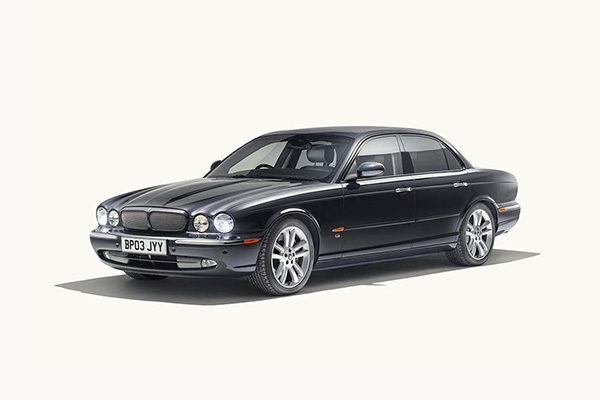
Now, Jaguar embraced the idea of retro styling, so when it replaced the X300 with the V8-engined X308 model in 1997 the exterior was an even sleeker take on the classic design. The only downside for some was the V12 engine was finally dropped, though the smooth V8s more than made up for this and this XJ had no trouble finding willing customers.
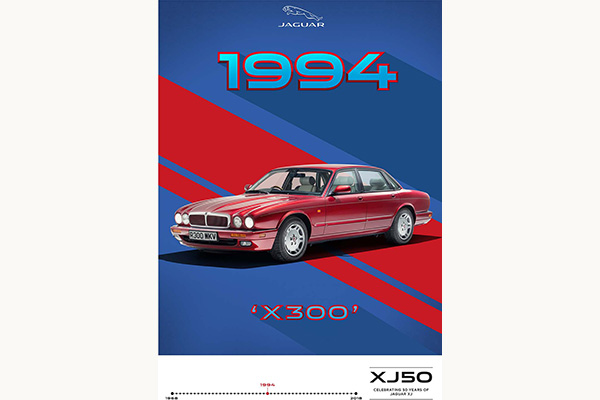
In 2003, when Jaguar came to replace the X308 generation of XJ, it again stuck to its modern take on the original XJ’s styling. Now formed from aluminium, the X350 model might have been a little less gainly than its immediate predecessor, but it was easily the most alluring large saloon you could buy. The Mercedes S-Class was clinical, the Audi A8 anodyne, and the BMW 7-Series repulsed as many as buyers as it drew in.
By now, there were other cars in on the retro-style movement, but Jaguar kept its XJ sufficiently modern and graceful that it stood apart for all the right reasons. When the next XJ arrived in 2010 with the X351 generation, retro gave way to angular, sharp lines and many felt the XJ had lost its way in moving away from its roots.

COMMENT